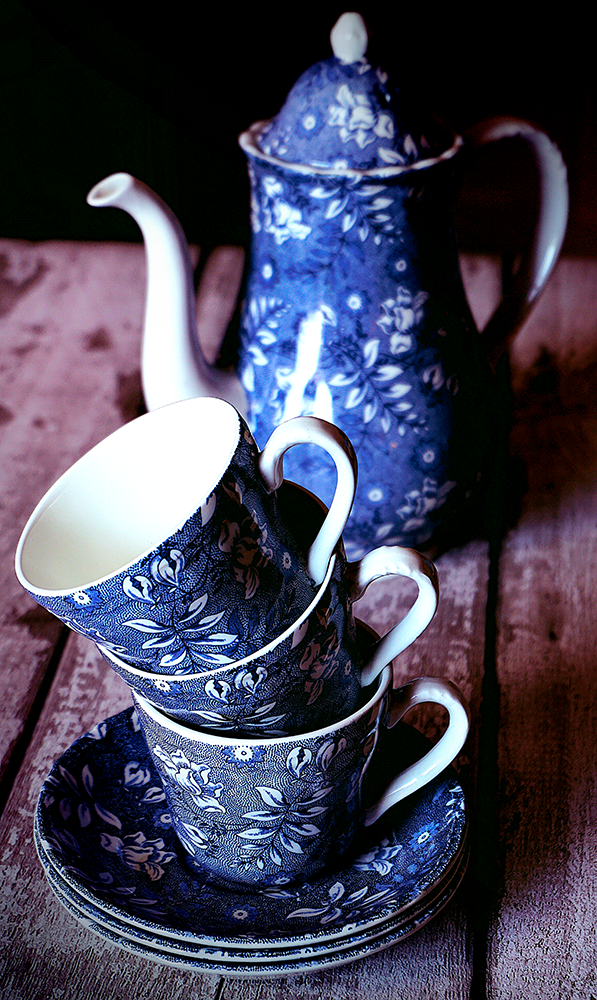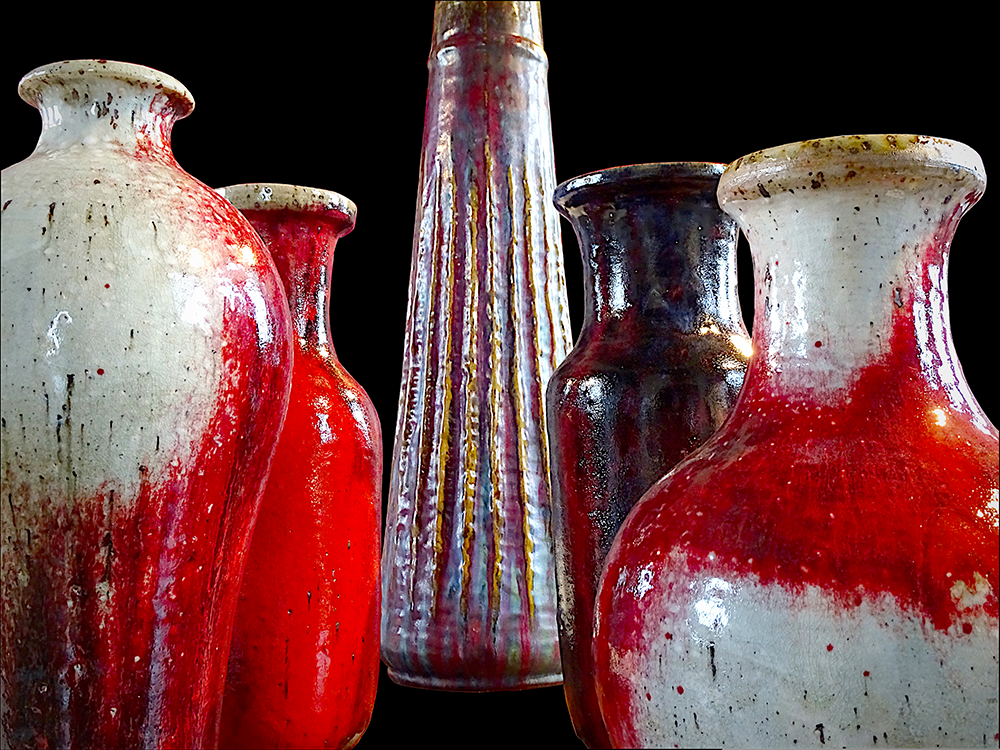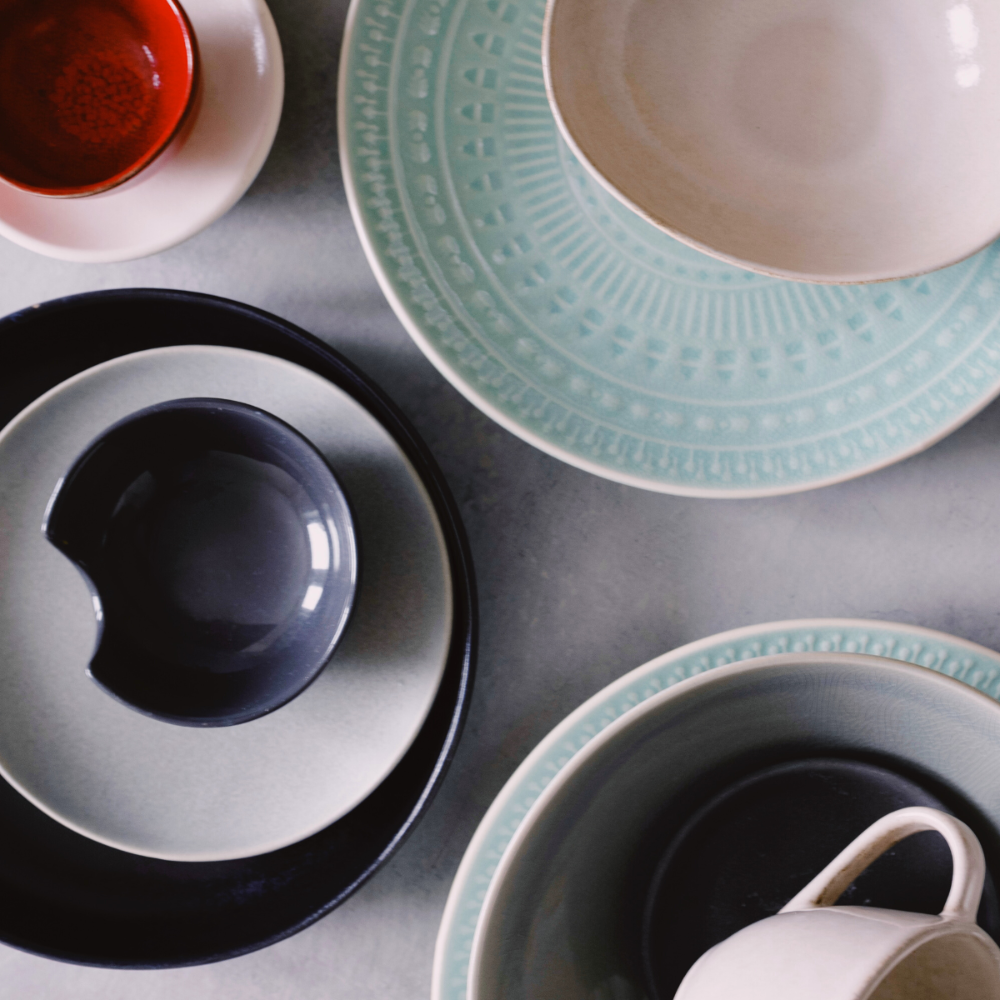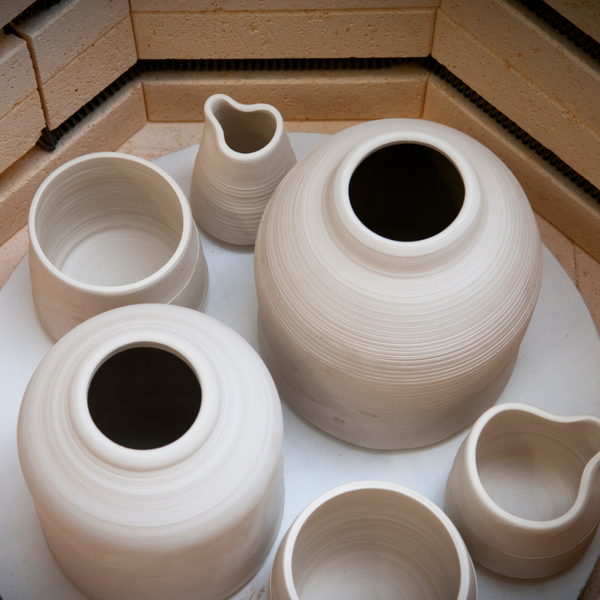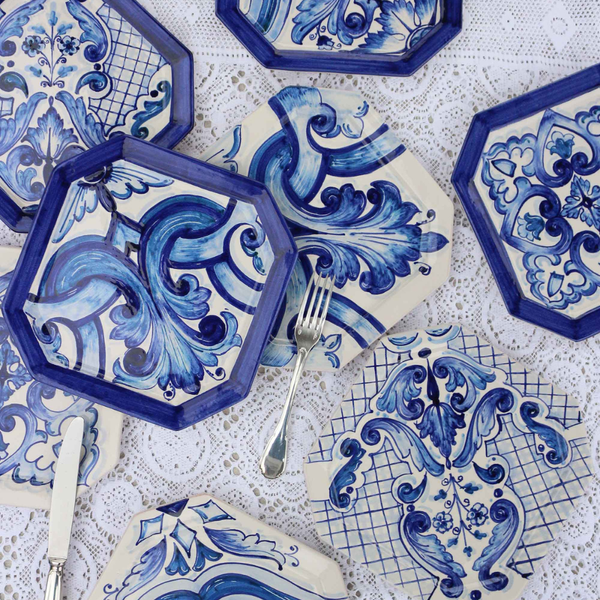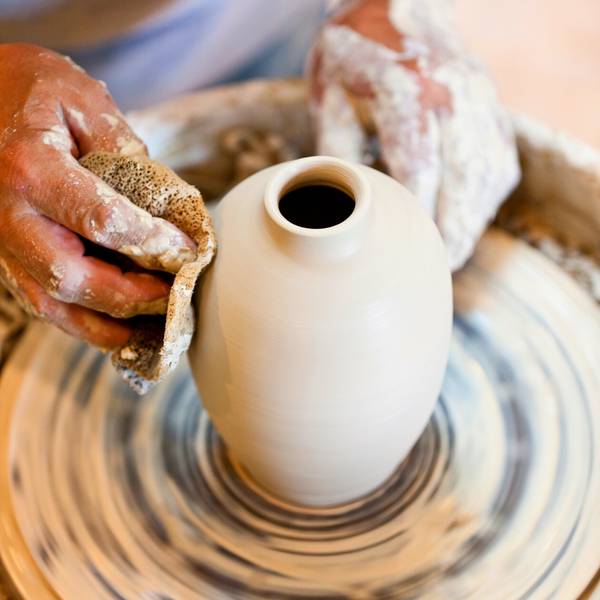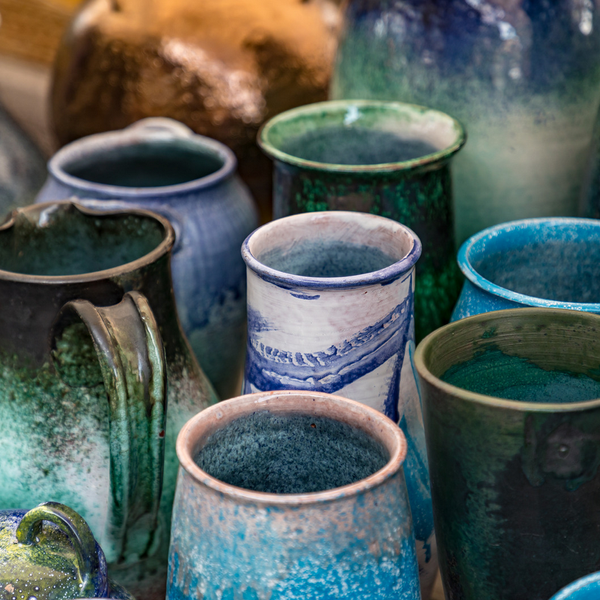When it comes to selecting the perfect ceramics, the age-old debate of stoneware vs. porcelain often takes center stage.
Each material boasts unique benefits and caters to different preferences, but one burning question persists: which one is more expensive?
In this article, we unravel the complexities of both stoneware and porcelain, comparing their costs, characteristics, and best uses to help you make an informed choice.
Let's dive into the ultimate ceramic showdown!
Key Takeaways:
- Porcelain is generally more expensive than stoneware due to its refined clay and intricate manufacturing process.
- Stoneware is durable and versatile, making it ideal for daily use, while porcelain is often reserved for special occasions.
- Both materials have unique properties that cater to different needs and preferences in dinnerware.
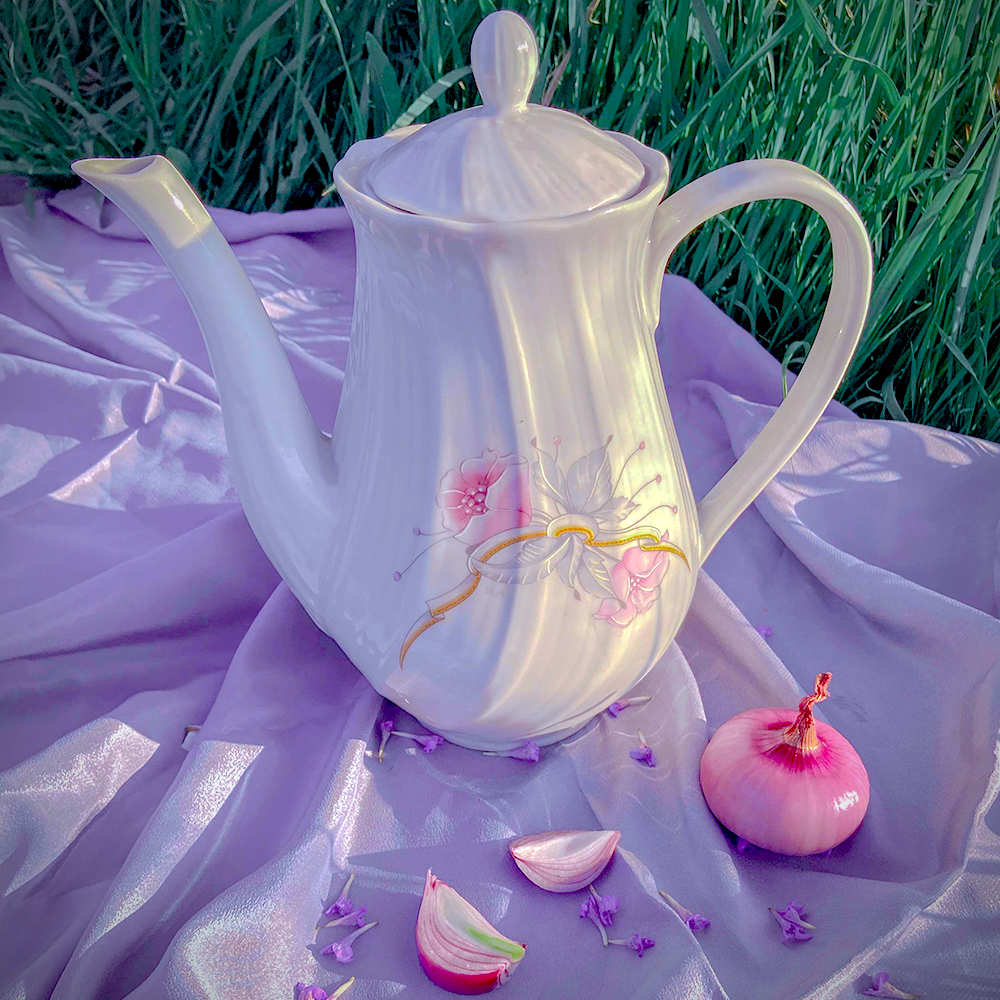

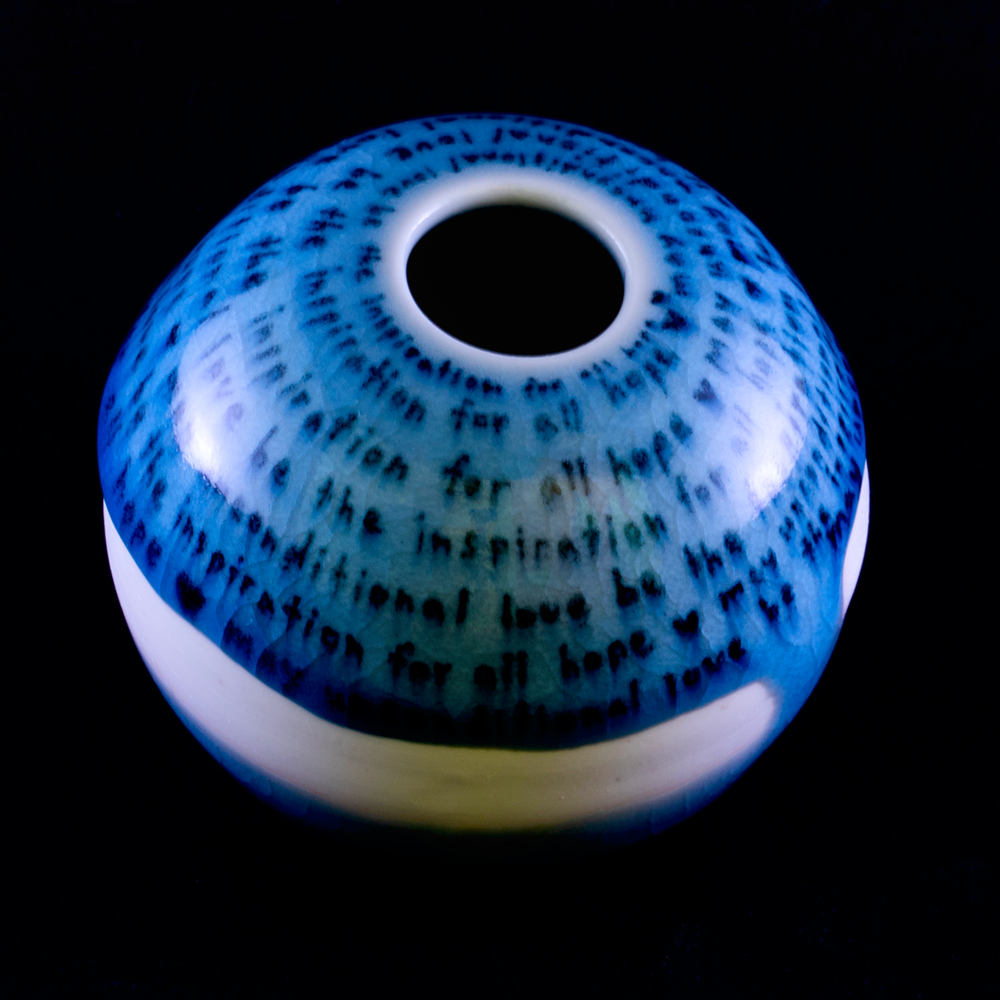
Understanding Stoneware
Stoneware is a type of ceramic made from a composite material that includes clay, feldspar, and quartz silica.
It is fired at high temperatures, typically between 2150°F and 2330°F, making it a durable material.
Stoneware is known for its robustness and versatility, making it suitable for daily use.
Stoneware dishes are often heavier and thicker than porcelain, providing a rustic and sturdy feel.
They are generally dishwasher safe and can withstand direct heat, making them ideal for baking and casserole dishes.
The durability of stoneware makes it a popular choice for families and those who prefer a more casual dining experience.
The Appeal of Porcelain
Porcelain, on the other hand, is made from refined clay, including kaolin clay, and is fired at even higher temperatures, typically between 2300°F and 2550°F.
This results in a non-porous ceramic that is lighter and more delicate than stoneware.
Porcelain dishes are often associated with elegance and are commonly used for special occasions.
Porcelain tableware is known for its fine grain and white glaze, which gives it a visually appealing and sophisticated look.
Despite its delicate appearance, porcelain is a durable material with high tensile strength.
It is also microwave safe and can be used in the oven, making it versatile for various cooking methods.
Cost Comparison: Stoneware vs Porcelain
When it comes to cost, porcelain is generally more expensive than stoneware.
The refined clay and intricate manufacturing process of porcelain contribute to its higher price.
Additionally, porcelain's association with fine dining and special occasions often justifies its premium cost.
Stoneware, while still a high-quality material, is typically more affordable.
Its manufacturing process is less complex, and the materials used are more readily available.
This makes stoneware a cost-effective option for those seeking durable dinnerware for daily use.
Durability and Longevity
Both stoneware and porcelain are durable materials, but they have different strengths.
Stoneware's thicker and heavier composition makes it less likely to chip or crack, making it ideal for everyday use.
It can also absorb moisture, which can be beneficial for certain types of cooking.
Porcelain, despite its delicate appearance, is also highly durable.
Its non-porous nature makes it resistant to stains and odors, and it is less likely to absorb moisture.
However, porcelain dishes are more prone to chipping if not handled carefully, making them better suited for special occasions rather than daily use.
Versatility in Use
Stoneware's versatility is one of its key advantages.
It can be used for a variety of cooking methods, including baking and roasting.
Stoneware dishes are also microwave safe and can be used in the oven, making them ideal for preparing and serving meals.
Porcelain's versatility lies in its ability to be used in both casual and formal settings.
Porcelain dishes are often used for fine dining and special occasions due to their elegant appearance.
They are also microwave safe and can be used in the oven, making them suitable for a range of cooking methods.
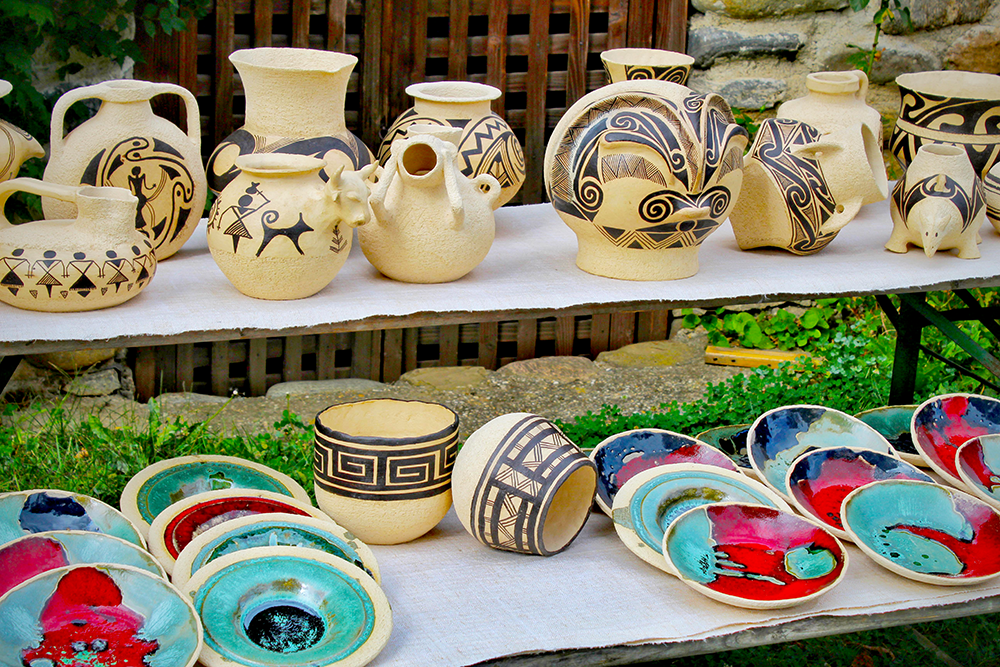
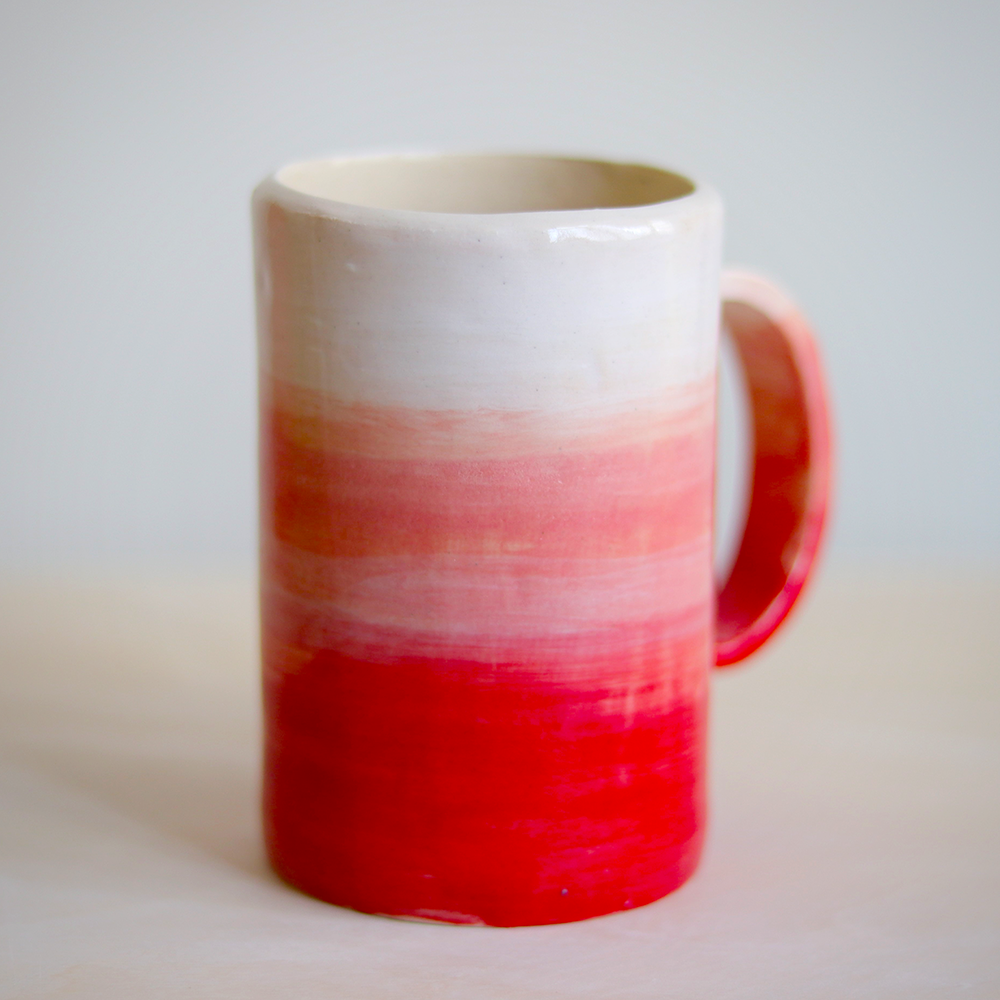

Visual Appeal
Stoneware and porcelain each have their own unique visual appeal.
Stoneware's rustic and sturdy appearance makes it a popular choice for casual dining.
The natural variations in color and texture add to its charm and make each piece unique.
Porcelain, with its fine grain and glaze, offers a more refined and sophisticated look.
Porcelain dishes are often adorned with intricate designs and patterns, making them a visually appealing choice for special occasions.
The elegance of porcelain tableware can elevate any dining experience.
Manufacturing Process
The manufacturing process of stoneware involves mixing clay with silt additives and firing it at high temperatures.
This process results in a durable and versatile material that can withstand daily use.
Stoneware is often glazed to enhance its appearance and make it more resistant to stains and odors.
Porcelain's manufacturing process is more intricate and involves using refined clay, including kaolin clay, and firing it at even higher temperatures.
This results in a non-porous ceramic that is lighter and more delicate than stoneware.
The fine grain and white glaze of porcelain are achieved through this meticulous process, contributing to its higher cost.
Ideal Uses
Stoneware is ideal for daily use due to its durability and versatility.
It can be used for a variety of cooking methods, including baking and roasting, and is dishwasher safe.
Stoneware dishes are also suitable for casual dining and family meals.
Porcelain, on the other hand, is often reserved for special occasions due to its elegant appearance.
Porcelain dishes are commonly used for fine dining and formal events.
Despite its delicate appearance, porcelain is a durable material that can be used in the microwave and oven, making it versatile for various cooking methods.
Maintenance and Care
Both stoneware and porcelain require proper care to maintain their appearance and longevity.
Stoneware dishes should be handled with care to avoid chipping and cracking.
They should also be thoroughly dried before storing to prevent moisture absorption.
Porcelain dishes, while durable, are more prone to chipping if not handled carefully.
They should be washed by hand or placed in the dishwasher with care to avoid damage.
Porcelain tableware should also be stored properly to prevent chipping and maintain its elegant appearance.
Environmental Impact
The environmental impact of stoneware and porcelain varies based on their manufacturing processes.
Stoneware's production involves using natural materials and firing at high temperatures, which can have an environmental impact.
However, stoneware's durability and longevity make it a sustainable choice for dinnerware.
Porcelain's production involves using refined clay and firing at even higher temperatures, which can have a greater environmental impact.
However, porcelain's durability and resistance to stains and odors make it a long-lasting and sustainable choice for dinnerware.
Both materials can be recycled, reducing their environmental impact.
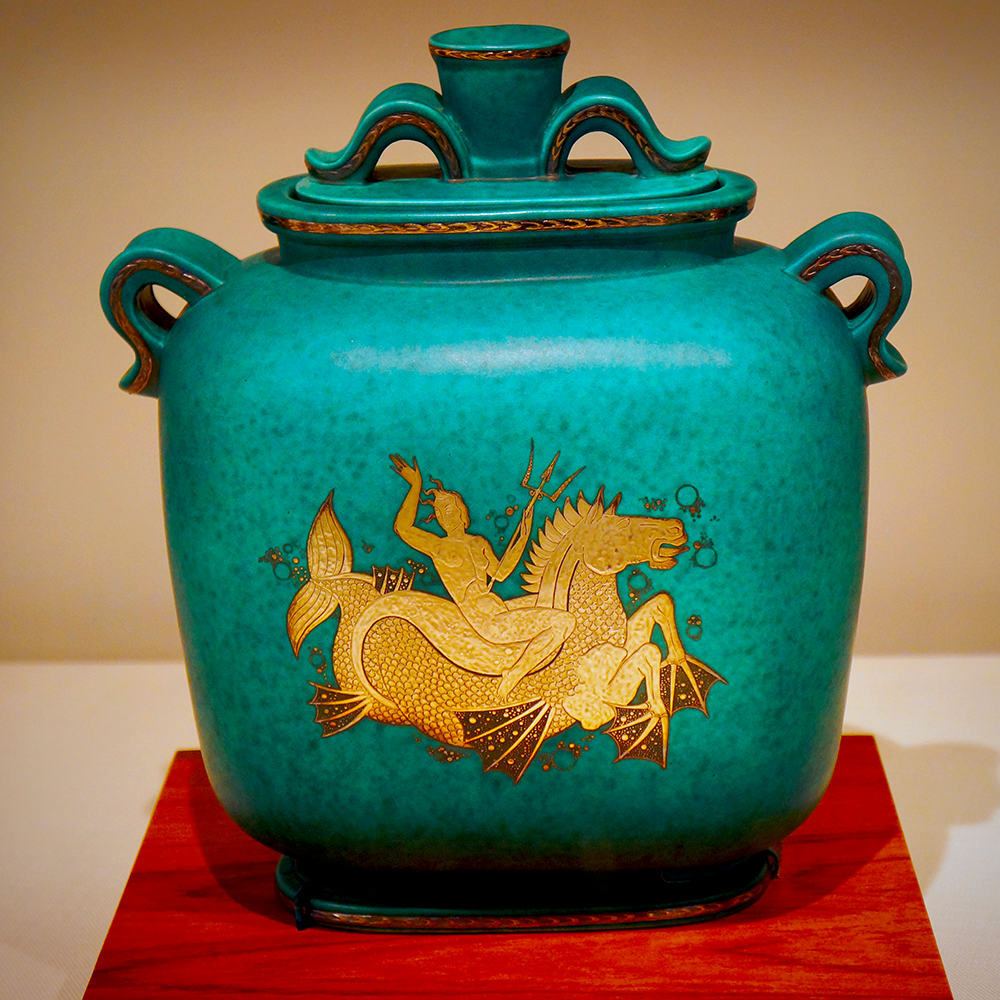

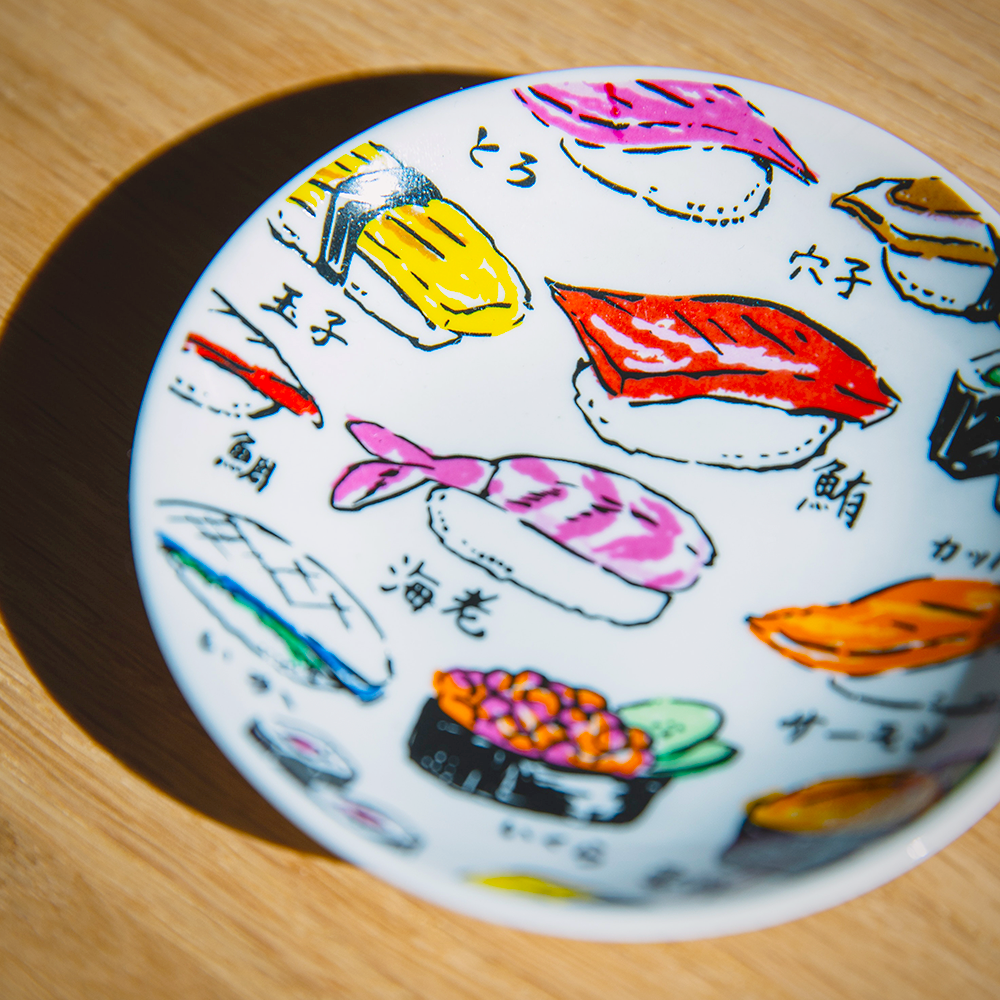
Final Verdict: Stoneware vs. Porcelain
In the debate of what is more expensive, stoneware versus porcelain, porcelain generally takes the crown and emerges as the pricier option, thanks to its refined clay and intricate manufacturing process.
Yet, both materials shine in their own right, offering unique advantages that cater to different needs.
Stoneware stands out for its durability and versatility, making it perfect for everyday use.
On the other hand, porcelain dazzles with its elegant appearance, often reserved for those special occasions that call for a touch of sophistication.
Ultimately, the choice between stoneware and porcelain boils down to your personal needs and preferences.
If you seek a robust, versatile option for daily dining, stoneware is your go-to.
But if you desire a touch of elegance and are willing to invest a bit more, porcelain is the way to go.
Both materials offer excellent options for dinnerware, ensuring that whatever you choose, you'll be dining in style.
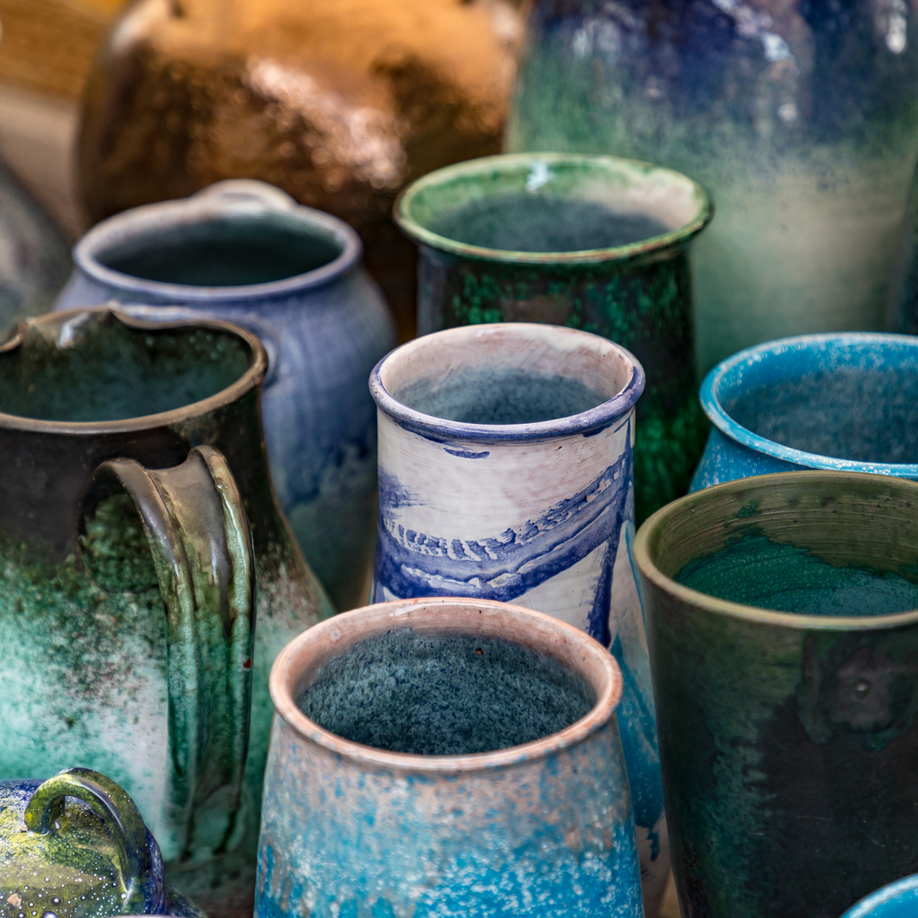

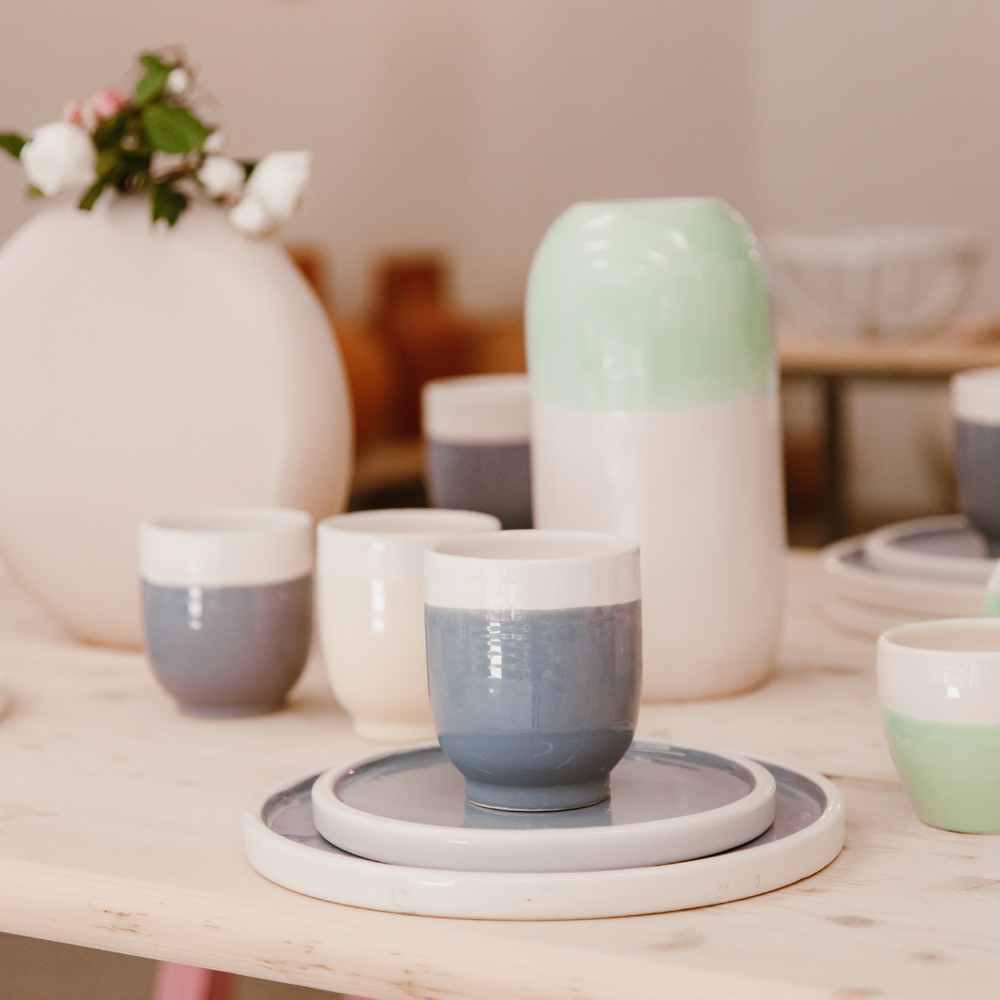
Ceramics FAQs
Welcome to the FAQs section, where we dive into the fascinating world of stoneware and porcelain!
Whether you're a seasoned ceramics enthusiast or just starting to explore these beautiful materials, we've got you covered.
From durability comparisons to usage tips and pricing insights, these FAQs will help you make informed decisions and appreciate the unique qualities of each ceramic type.
Let's get started!
Is stoneware or porcelain more durable?
Both stoneware and porcelain are durable materials, but they have different strengths. Stoneware is thicker and heavier, making it less likely to chip or crack, while porcelain is lighter and more delicate but has high tensile strength.
Can stoneware and porcelain be used in the microwave and oven?
Yes, both stoneware and porcelain are microwave safe and can be used in the oven. However, it is important to handle them with care to avoid damage.
Why is porcelain more expensive than stoneware?
Porcelain is more expensive due to its refined clay, intricate manufacturing process, and association with fine dining and special occasions. The higher firing temperatures and meticulous craftsmanship contribute to its premium cost.
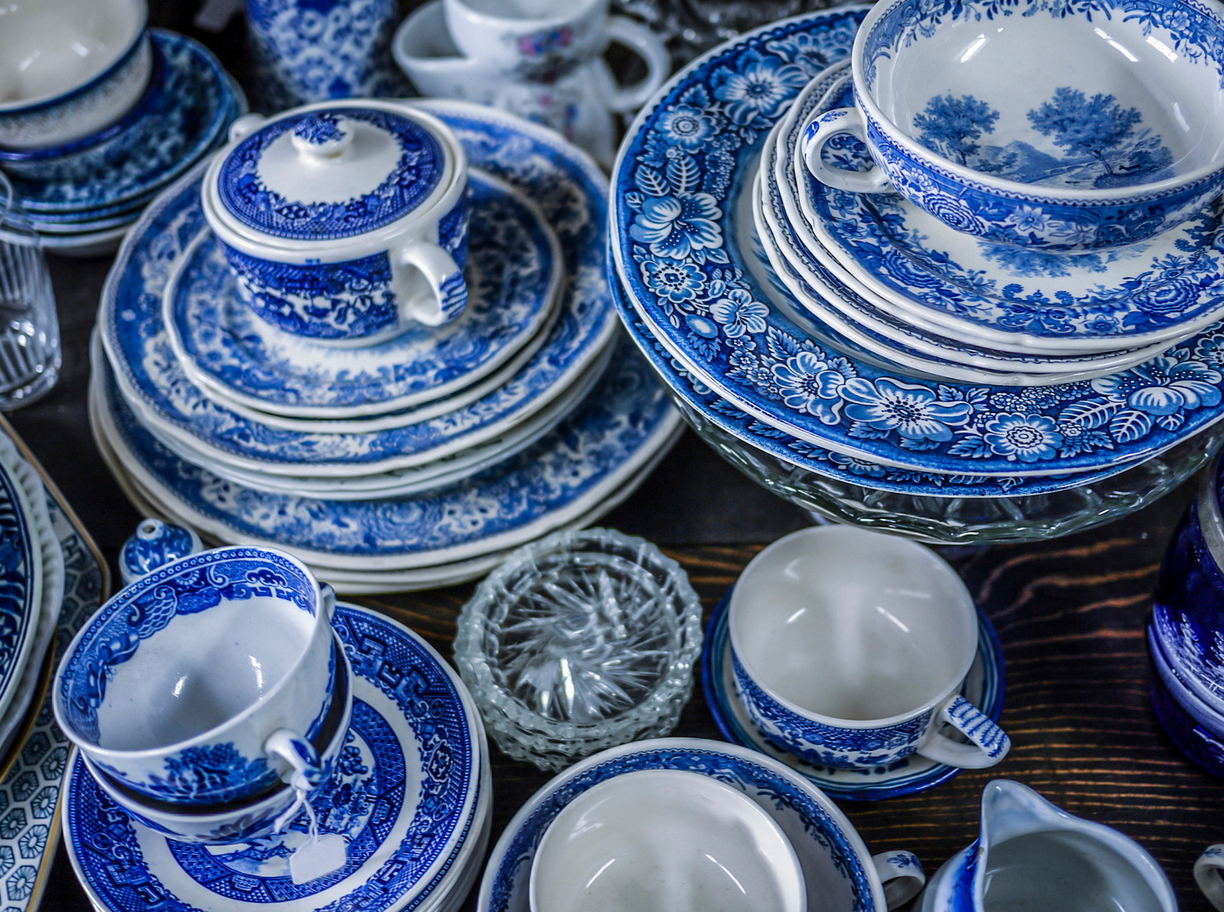
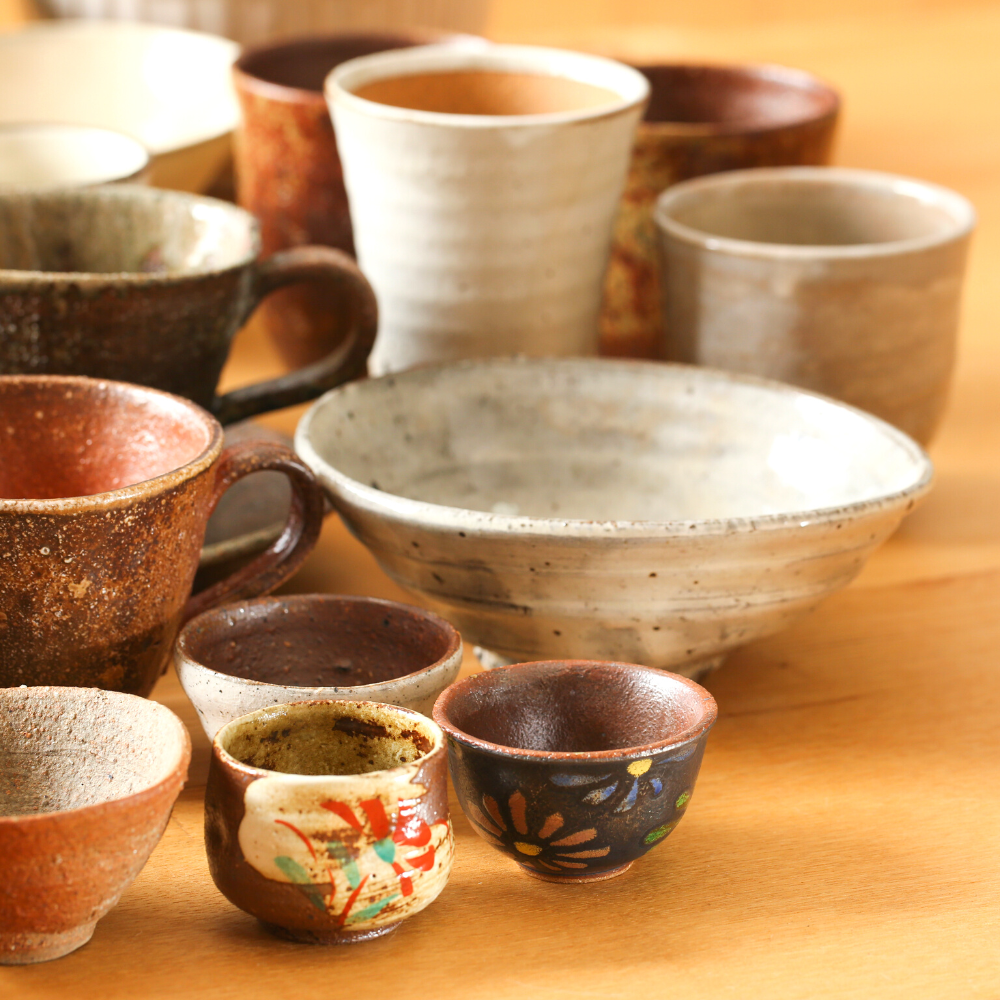

Eager to learn more about stoneware and porcelain? Check out Little Street Pottery's video!
Want even more content about creativity and art?
Be sure to check out all of our creative chronicles!
Love pottery and working with clay?
Check out some of our other ceramic articles:
-What is the difference between ceramics and pottery?
-How can you tell the difference between pottery and porcelain?
-Is stoneware the same as ceramic?
-What are the four types of pottery?

